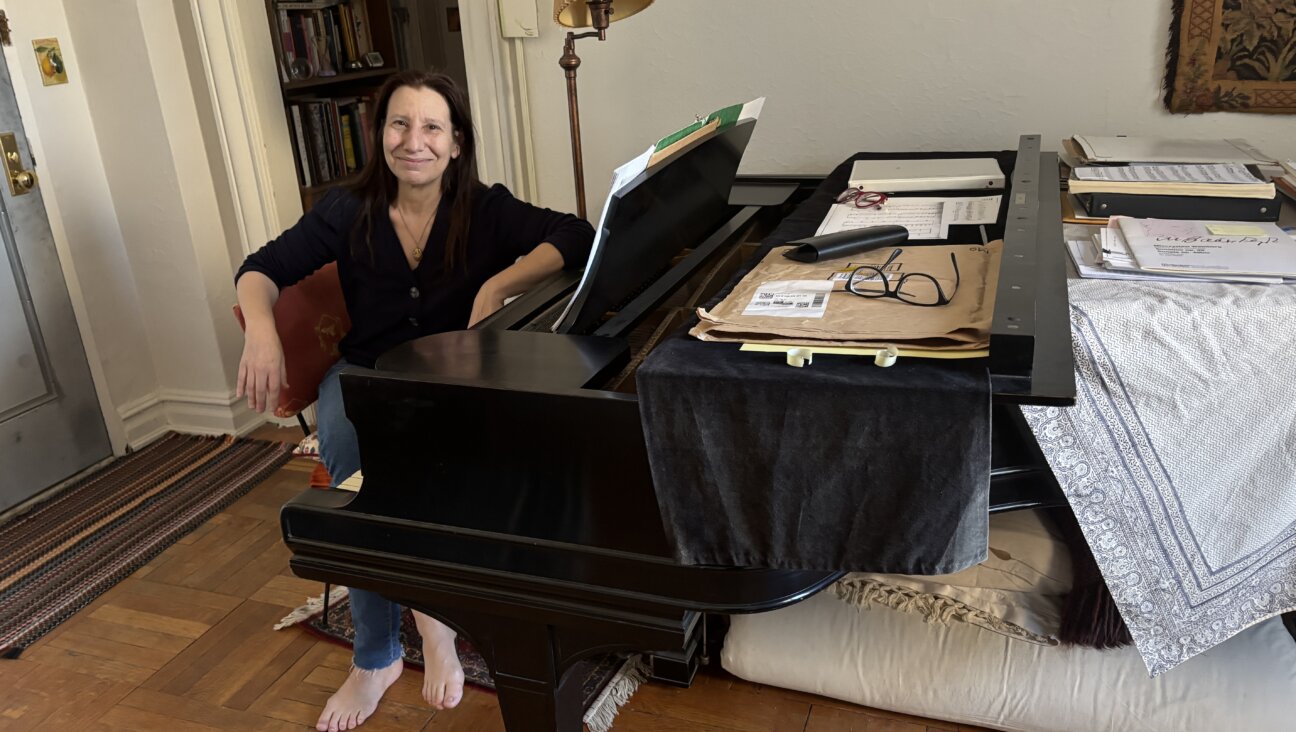Remembering the Hebron Riots, 1929
Seventy-five years ago, a two-week orgy of pogroms took place in Jerusalem, Tel Aviv, Safed, Hebron and a number of smaller locales in British-ruled Palestine, at the end of which 83 Jews had been killed and hundreds wounded.
Pogroms are not spontaneous events, and those of August 1929 were no exception. The affair began August 15, Tisha B’Av, when a few hundred Jerusalem schoolchildren held a flag-waving demonstration at the Western Wall — allegedly inciting a group of Arabs to violence. The next day, following Friday afternoon worship, 2,000 Arabs burst out of the Mosque of Omar on the Haram al-Sharif, or Temple Mount, and came down to the Western Wall, where they chased off the few Jews who were around, beat the shammes, tore up prayer books and burned the little notes stuck in the wall by Jews. It was suspected that the speaker in the mosque that day had incited Arab worshippers to violence. The Grand Mufti of Jerusalem, Haj Amin al-Husseini, later admitted as much.
Hebron caught the worst of it — 68 dead — mainly because the Jewish population there was not part of the Zionist movement, whose settlements fared far better because of their clandestine defense units. The Hebron community was made up of a long-settled Sephardic community, as well as many younger religious Jews who had gone there to study in a branch of the Slobodka Yeshiva, the famed Lithuanian mussar institution. The carnage in Hebron was particularly ugly, the mobs having sliced a variety of body parts off of their victims. Just over a half-dozen of the victims were American kids from New York and Chicago who had come to study at the famed yeshiva.
Instead of attempting mediation between the two communities, the response of the British was essentially to do nothing. Nearly every Jewish organization, from the Zionists to the ultra-Orthodox Agudath Israel, protested vigorously. The impression among them was that the British were not truly interested in peace between the Arabs and the Jews.
New York’s Jews were horrified by the pogroms, and the story stayed on the front pages of the Forward for nearly a month. The paper’s Palestine correspondents delved deep into the issue of Arab-Jewish antipathies, discussing issues such as how Arabs were incited to violence during Friday afternoon worship in their mosques, as well as explaining to readers the concept of jihad and the 72 virgins a Muslim allegedly receives if he dies as a martyr.
One matter that infuriated the Forward was the reaction of its arch-rival, the communist Yiddish daily Morgen Freiheit, which condemned the pogrom when it was first reported but quickly fell in line with Moscow’s interpretation of events, calling it an Arab uprising against the British and Zionist imperialists. In response to the party line, a significant number of Jews left the Communist Party, among them three important writers, H. Leivick, Menachem Boraisho and Abraham Reisin, who immediately quit the Freiheit.
As a result, the Freiheit also lost a lot of readers. The Forward printed dozens of their letters, furious paeans of anger accusing their former paper of treason against the Jewish people. For its part, the Freiheit held a small demonstration in New York City’s Union Square in support of the Arab uprising, just a few days after more than 20,000 Jews had marched from the Lower East Side to the British Consulate near Battery Park in protest of the pogrom.
As tensions in Palestine increased throughout the week, rumors that the Jews planned to attack Muslim holy places ran wild in the Arab community. A Jewish teenager was stabbed in Jerusalem by Arabs on August 17 and died four days later. His funeral turned into a pitched battle between Jews, the British police and Arabs. It was announced in the Arabic press that something could be expected after services that upcoming Friday afternoon. And something did happen. Attacks on Jews took place in Jerusalem, Safed, Tel Aviv and a number of smaller cities. The following day, August 23, the slaughter occurred in Hebron. The survivors of the pogrom were brought to Jerusalem, bringing an end to what was said to be a continuous Jewish communal life in Hebron since ancient times.
The situation was also especially bad in Safed, another religious community that dated back to its heyday as a center for kabbala in the 16th century. Nearly two-dozen Jews were killed there, and the Jewish quarter was burned down, leaving hundreds homeless. In Jerusalem, sporadic violence went on for days. Outlying neighborhoods were evacuated and looted by Arab mobs. Nobel laureate S.Y. Agnon’s house was ransacked, and his manuscripts were burned.
The British were slow in quelling the violence, but when they did put their foot down, it came down hard: Dozens of Arabs were killed. But Palestine’s Jews were furious and concluded that without the ability to defend themselves, the Jewish community would be doomed.
A month after the pogroms began, the secretary of the Arab Executive Committee, Awni Abdul Hadi, confided to a New York Times reporter that not only were the attacks pre-planned, but also that his organization was responsible for the incitement. He also threatened worse pogroms if the Balfour Declaration was not rescinded.
The upshot of the pogrom was to reinforce the idea that Palestine’s Jewish community had no choice but to defend itself, and the underground Haganah movement grew. The Zionist Revisionists — led by Vladimir Jabotinsky, who advocated a more militant, proactive defense policy — also became serious political contenders. The response of the British to the anti-Jewish excesses was to issue the White Paper of 1930, which was viewed widely as a concession to the Arabs in that it reduced Jewish immigration to Palestine and prevented future land sales to Jews without British permission.
The Forward is free to read, but it isn’t free to produce

I hope you appreciated this article. Before you go, I’d like to ask you to please support the Forward.
Now more than ever, American Jews need independent news they can trust, with reporting driven by truth, not ideology. We serve you, not any ideological agenda.
At a time when other newsrooms are closing or cutting back, the Forward has removed its paywall and invested additional resources to report on the ground from Israel and around the U.S. on the impact of the war, rising antisemitism and polarized discourse.
This is a great time to support independent Jewish journalism you rely on. Make a gift today!
— Rachel Fishman Feddersen, Publisher and CEO
Support our mission to tell the Jewish story fully and fairly.
Most Popular
- 1
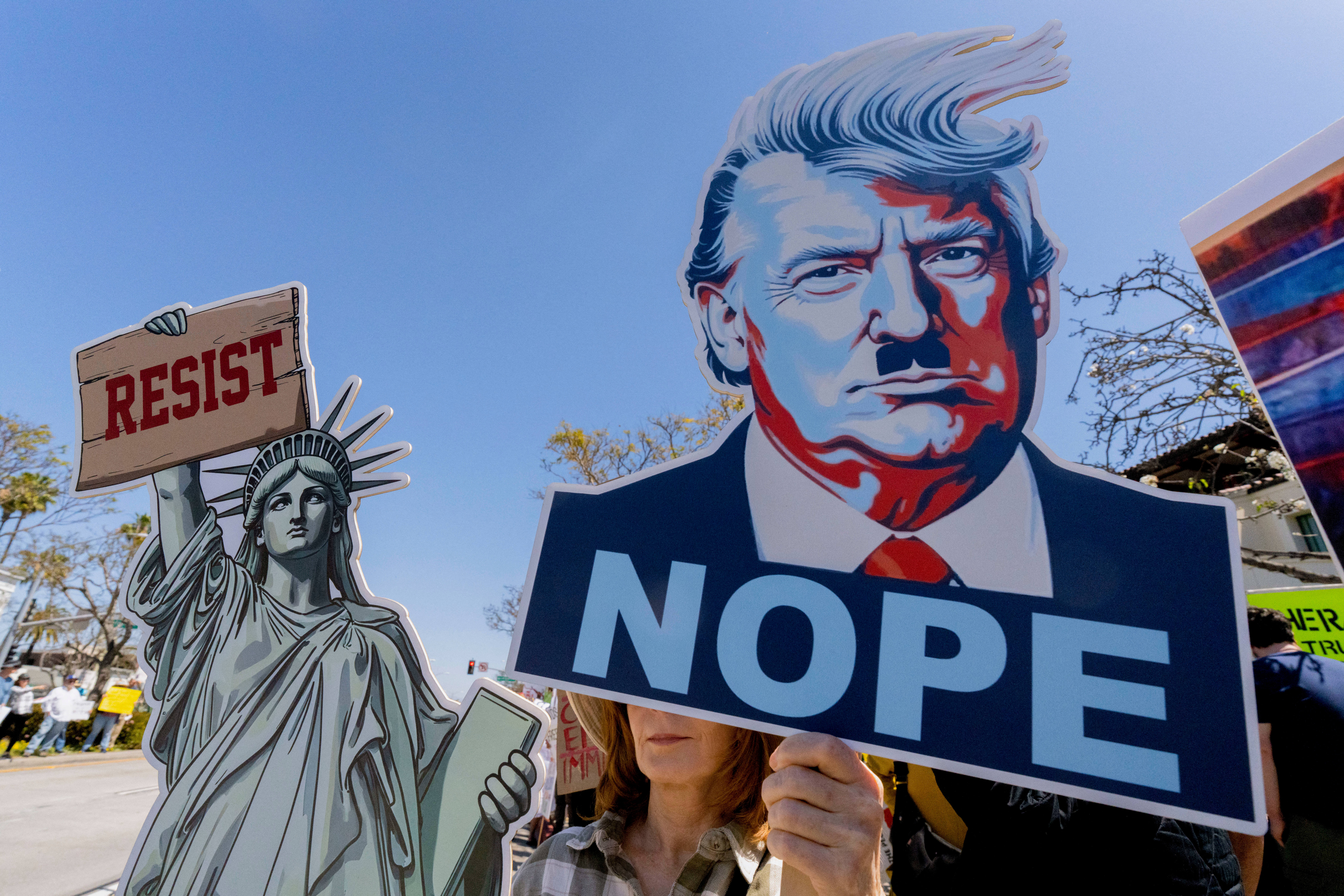
Opinion The dangerous Nazi legend behind Trump’s ruthless grab for power
- 2
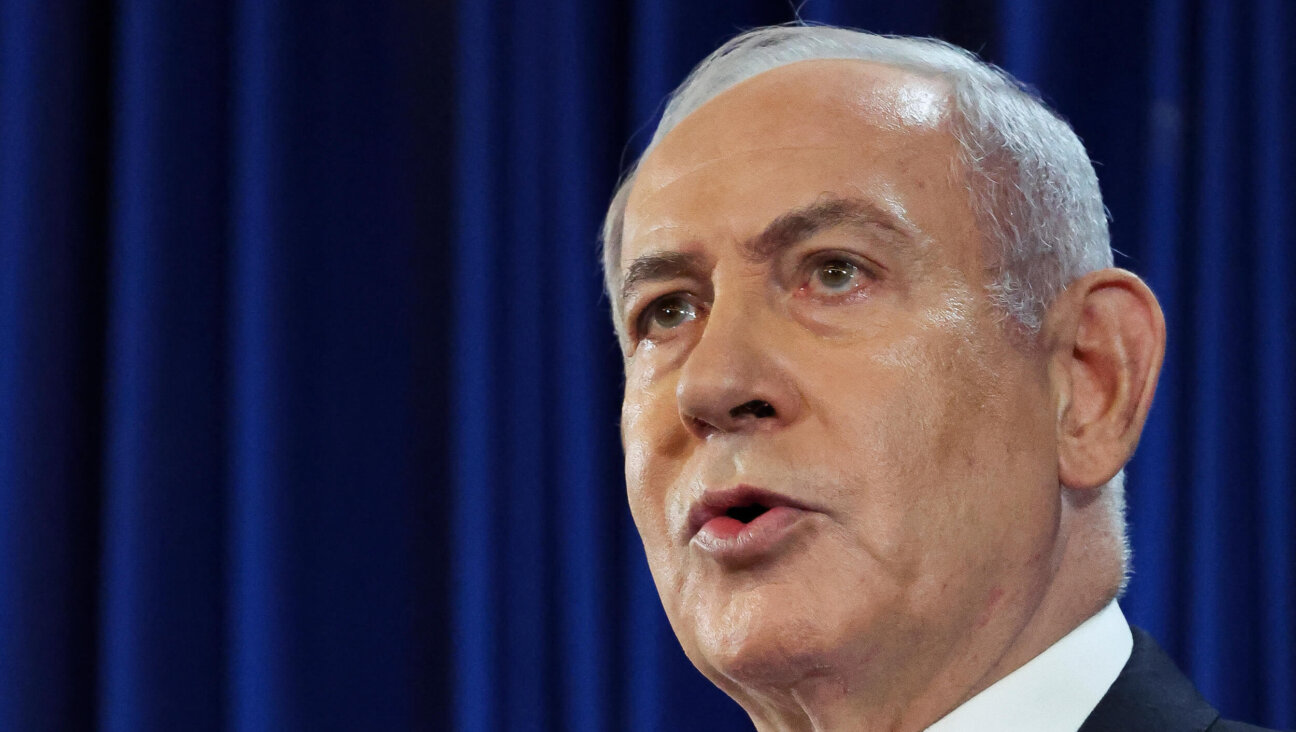
Opinion I first met Netanyahu in 1988. Here’s how he became the most destructive leader in Israel’s history.
- 3

Culture Did this Jewish literary titan have the right idea about Harry Potter and J.K. Rowling after all?
- 4

Opinion Yes, the attack on Gov. Shapiro was antisemitic. Here’s what the left should learn from it
In Case You Missed It
-
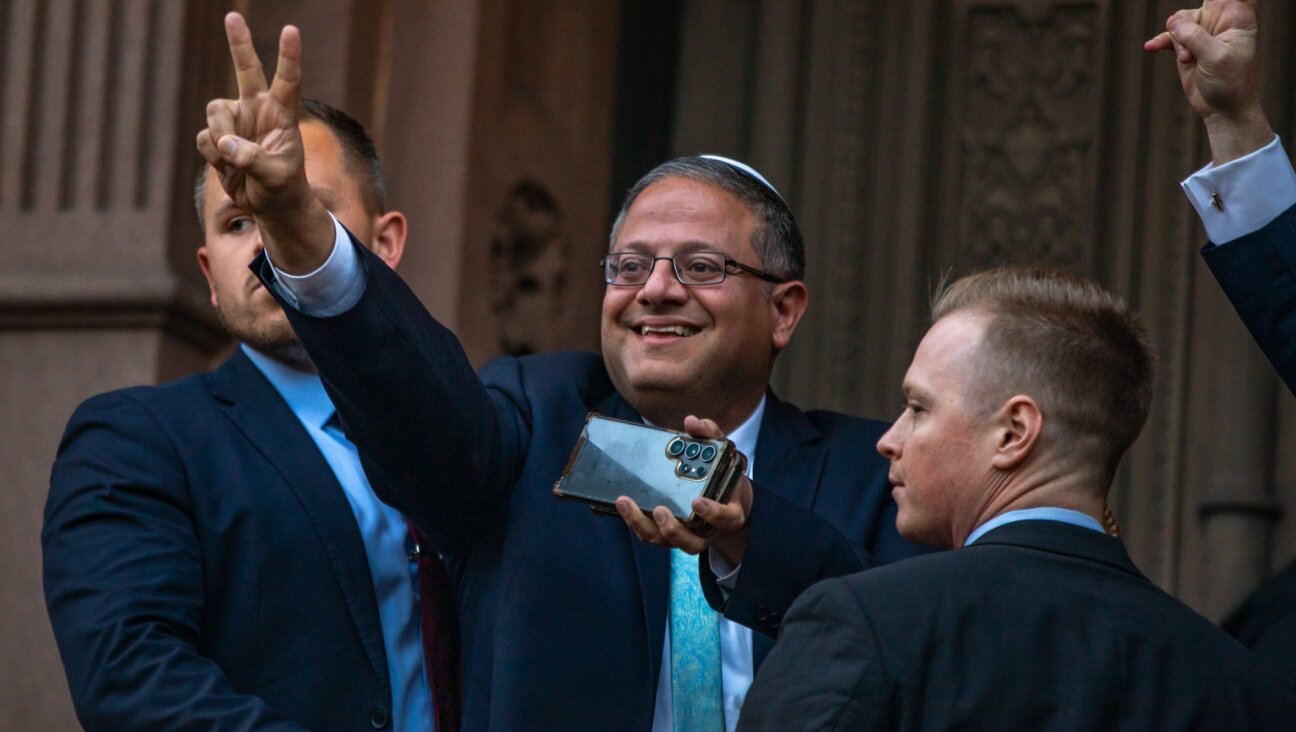
Opinion Itamar Ben-Gvir’s visit to a Jewish society at Yale exposed deep rifts between US Jews
-
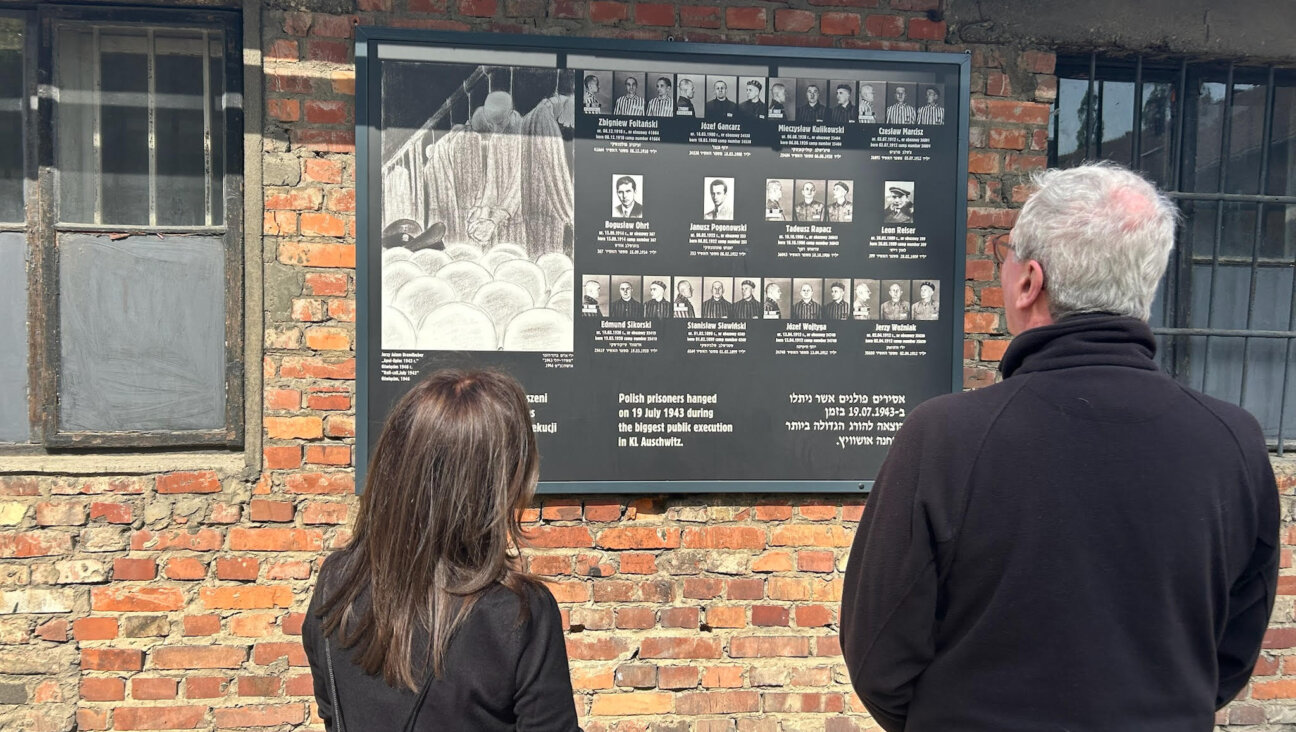
Fast Forward On his first trip to Auschwitz, New Jersey governor urges vigilance against rising antisemitism
-
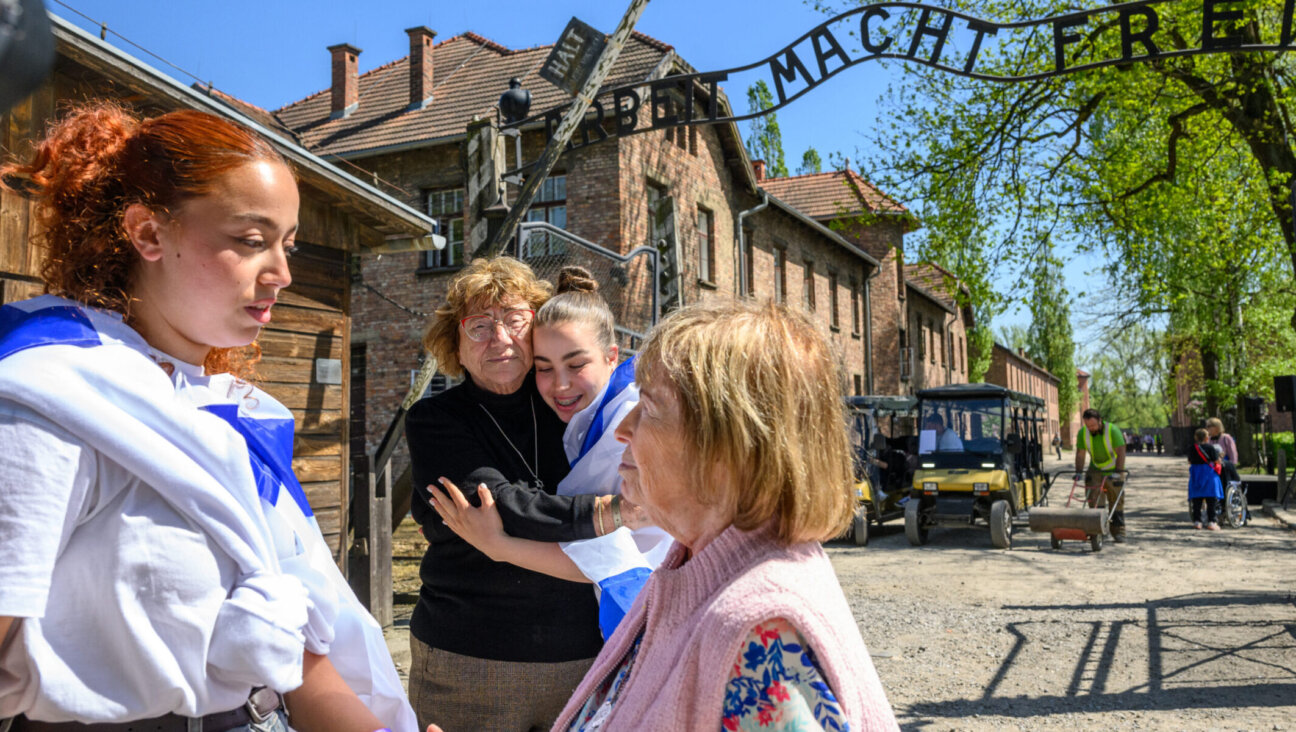
Fast Forward Survivors of the Holocaust and Oct. 7 embrace at Auschwitz, marking annual March of the Living
-

Fast Forward Could changes at the FDA call the kosher status of milk into question? Many are asking.
-
Shop the Forward Store
100% of profits support our journalism
Republish This Story
Please read before republishing
We’re happy to make this story available to republish for free, unless it originated with JTA, Haaretz or another publication (as indicated on the article) and as long as you follow our guidelines.
You must comply with the following:
- Credit the Forward
- Retain our pixel
- Preserve our canonical link in Google search
- Add a noindex tag in Google search
See our full guidelines for more information, and this guide for detail about canonical URLs.
To republish, copy the HTML by clicking on the yellow button to the right; it includes our tracking pixel, all paragraph styles and hyperlinks, the author byline and credit to the Forward. It does not include images; to avoid copyright violations, you must add them manually, following our guidelines. Please email us at [email protected], subject line “republish,” with any questions or to let us know what stories you’re picking up.







